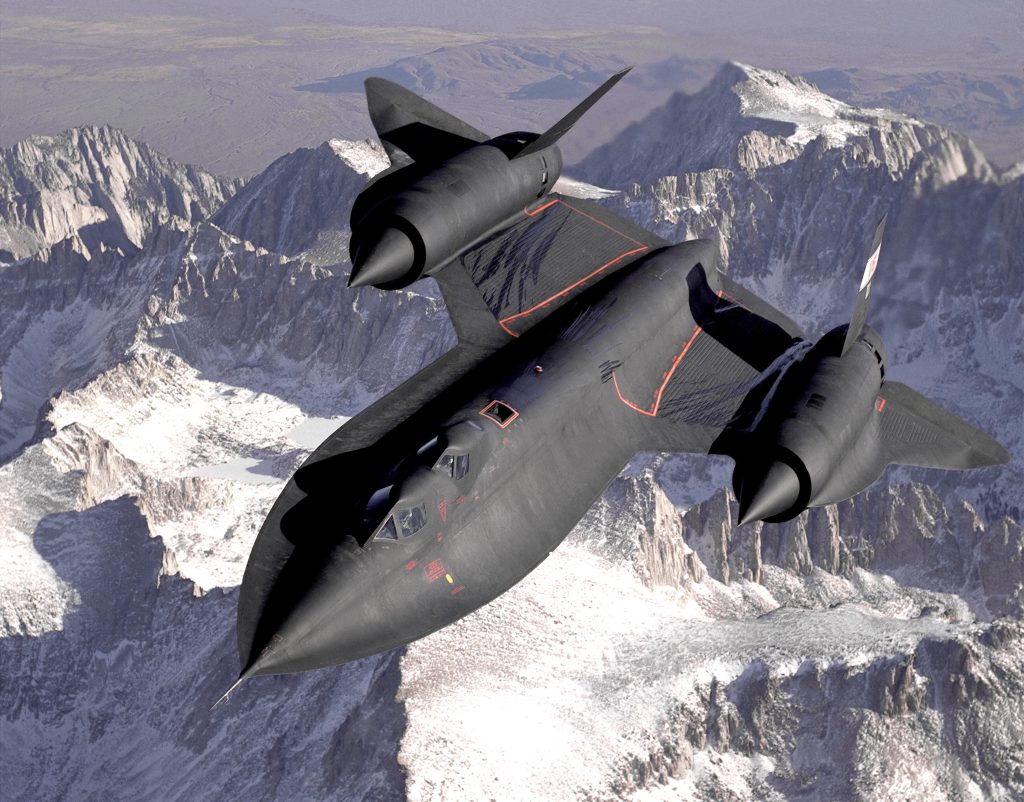
The intrigue began when a censor’s error resulted in the name ‘Aurora’ appearing below the SR-71 Blackbird and U-2 in a 1985 Pentagon budget request, a slip that would trigger decades of conjecture. In an environment where Special Access Programs (SAPs) and ‘black programs’ operate in the shadows, such a mistake was a rare peek behind the curtain of defense secrecy. The F-117a stealth fighter, for instance, remained under wraps for over a decade after its initial test flight—a precedent for the kind of secrecy that could envelop the Aurora project.

Adding to the speculation, a sighting by oil-exploration engineer Chris Gibson of a triangular aircraft over the North Sea in August 1989 provided what some believe to be a tangible clue to the Aurora’s existence. Moreover, the so-called “skyquakes” reported over Los Angeles since the early 1990s, hypothesized to be sonic booms from high-speed flight, seem to trail back to the secretive Groom Lake (Area 51) installation in Nevada—a site long associated with covert aerospace endeavors.

On the financial front, Bill Sweetman, a renowned aviation writer, analyzed military budgets spanning two decades and uncovered a “black hole” of $9 billion—an allocation that could potentially finance a project with Aurora’s profile. This insight, combined with Lockheed’s historic penchant for managing high-risk, secretive projects through its Skunk Works division, further fuels the plausibility of a hypersonic reconnaissance aircraft being developed off the public radar.

The mysterious retirement of the SR-71 on March 6, 1990, adds another layer to the Aurora puzzle. The absence of opposition from the U.S. Air Force to the decommissioning of a successful and iconic program like the SR-71 was atypical and signaled to some observers that a replacement was waiting in the wings. “Never in the history of the USAF had a program been closed without opposition,” the statement goes, pointing to the Aurora as a possible factor in the Blackbird’s silent finale.

Interestingly, a British Ministry of Defence report from May 2006 referenced USAF plans to produce a Mach 4-6 highly supersonic vehicle. Yet, it also acknowledged the lack of conclusive evidence and the possibility that the Aurora project might have been eclipsed by the advent of high-tech unmanned aerial vehicles and reconnaissance satellites—a transition that offered the same intelligence capabilities without the risk of casualties.

Testing a revolutionary aircraft like the speculated Aurora would demand substantial and discrete resources, from the development of prototype aircraft to finding secret test locations capable of handling unconventional designs. Groom Lake, with its expanded infrastructure and six-mile-long lake-bed runway, fits the bill as an ideal proving ground for such a high-speed vehicle.

Until the veil of secrecy is officially lifted, the SR-91 Aurora will continue to fly through the collective imagination, its truth as elusive as the shadowy trails it is rumored to leave in the sky.
related images you might be interested.









